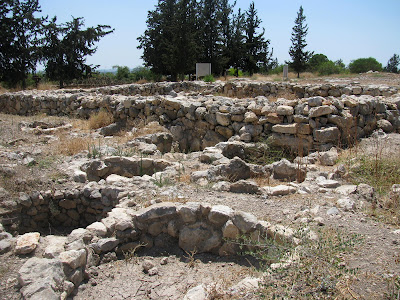Happy New Year! I am going to start the year with my second review of 2020, my top 10 favourite places that I visited last year.
When I started writing this blog back in 2008 I initially kept it as a blog
purely about my papercut art. However, I soon found out that people were
interested in reading a little more about me and my life here in Israel. I
started to write blog posts about my Jewish faith and many of the holidays we
celebrate and about some of the beautiful places I have been fortunate to
visit in Israel.

This month I will be marking 26 years living here. Over the years I have
enjoyed exploring my little country, from north to south, indoors and out.
Of course 2020 was like no other year. We have been in lockdown three times
and were barely able to leave the house. Foreign travel was impossible,
though back in February I was fortunate to spend a lovely
couple of weeks with my dad in the UK, before all the coronavirus troubles really
began.
Having said all that, Mister Handmade in Israel and I have made the most of
it and have really got to know the area around us. From the summer onward,
we hiked almost weekly, rarely driving more than 40 minutes from the city
where we live. We have discovered some beautiful areas and some amazing
history. I was once hesitant to hike without a guide but now we regularly
pull on our walking boots and set off on a new route. I'm not saying we
never get lost - of course we do - but that has been part of the fun and
there have been no major disasters!

As you can see from my Top 10, the year started off with just one
"indoor" visit, to the amazing "Pop-Up Museum TLV" graffiti event in Tel Aviv. Also in January, we spent a lovely
day in Beit She'an with friends visiting from Cyprus. After that, everything has
been about just the two of us exploring the hills and forests around us.
I celebrated
my 50th birthday
in a national park just outside Jerusalem and in June we travelled
further afield to the Dead Sea area, to spend Mister Handmade in
Israel's birthday hiking at
Nahal Arugot. I have blogged about many of these amazing places and more. Please
click on the names above and enjoy exploring Israel with me!
* This post has been shared on Nature Notes, The Good. The Random. The Fun., Wordless Wednesday (on Tuesday), Tuesday's Treasures, Pictorial Tuesday, Our World Tuesday and My Corner of the World.

























































